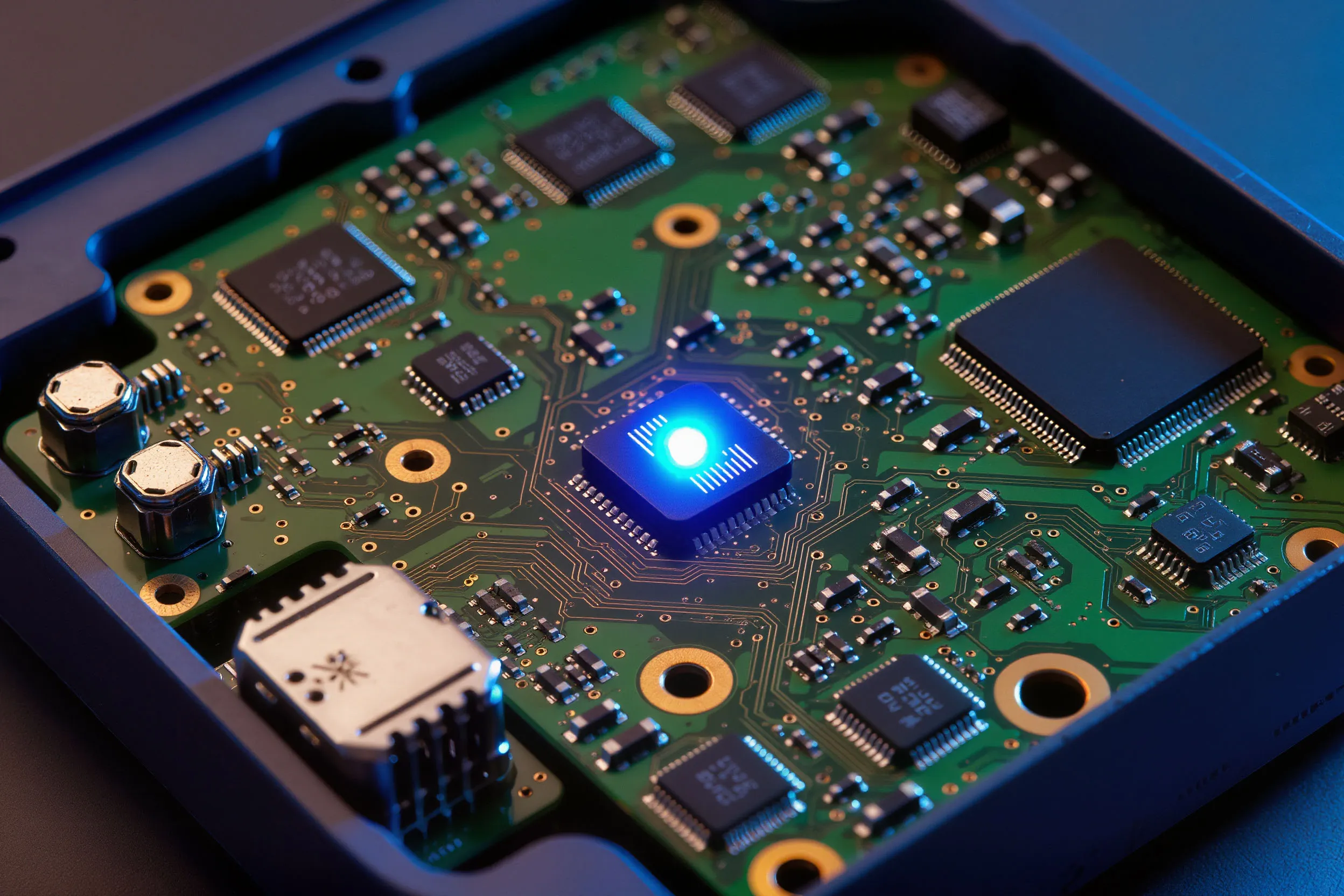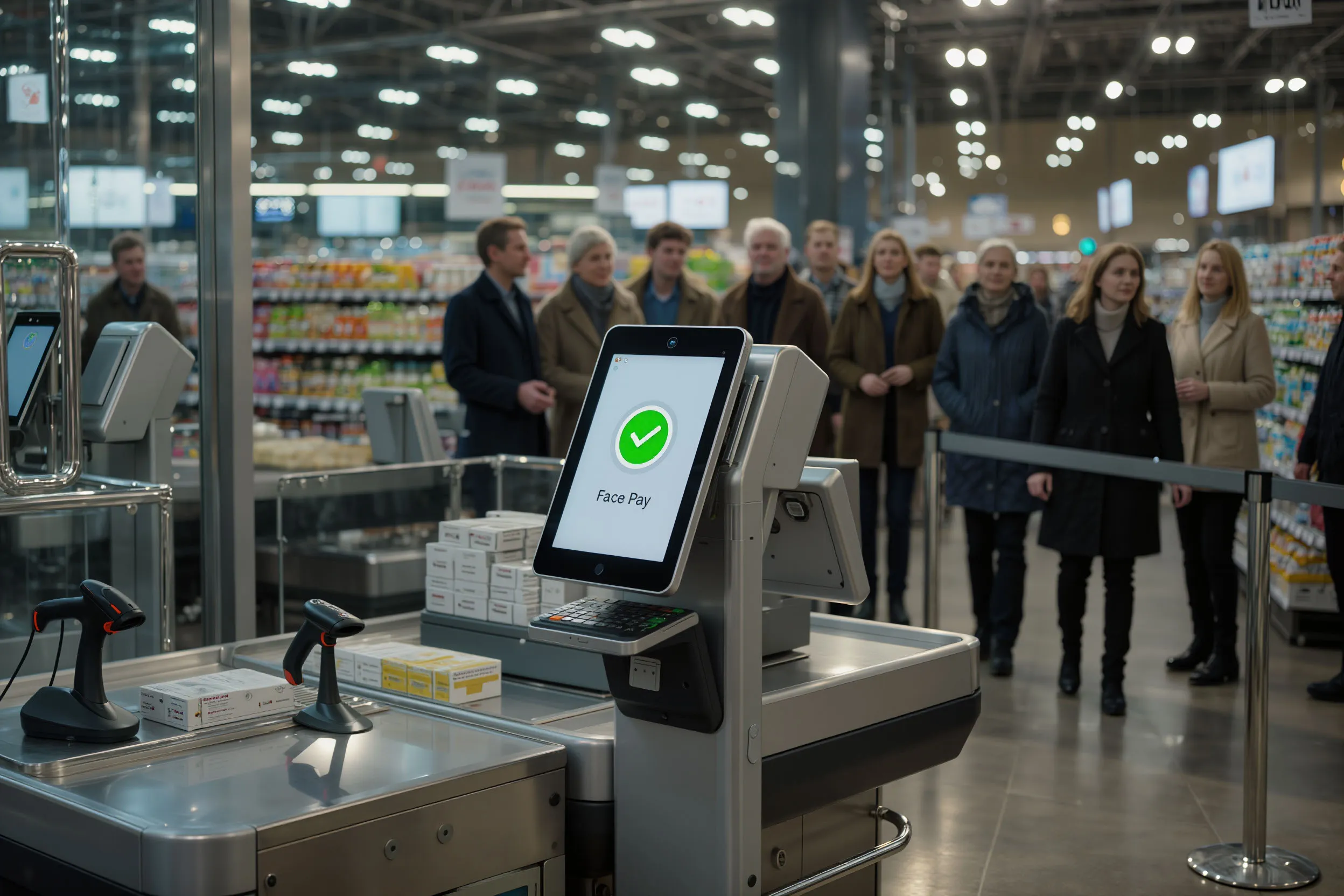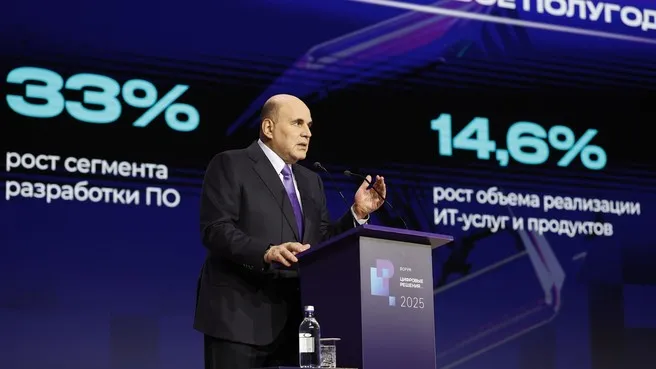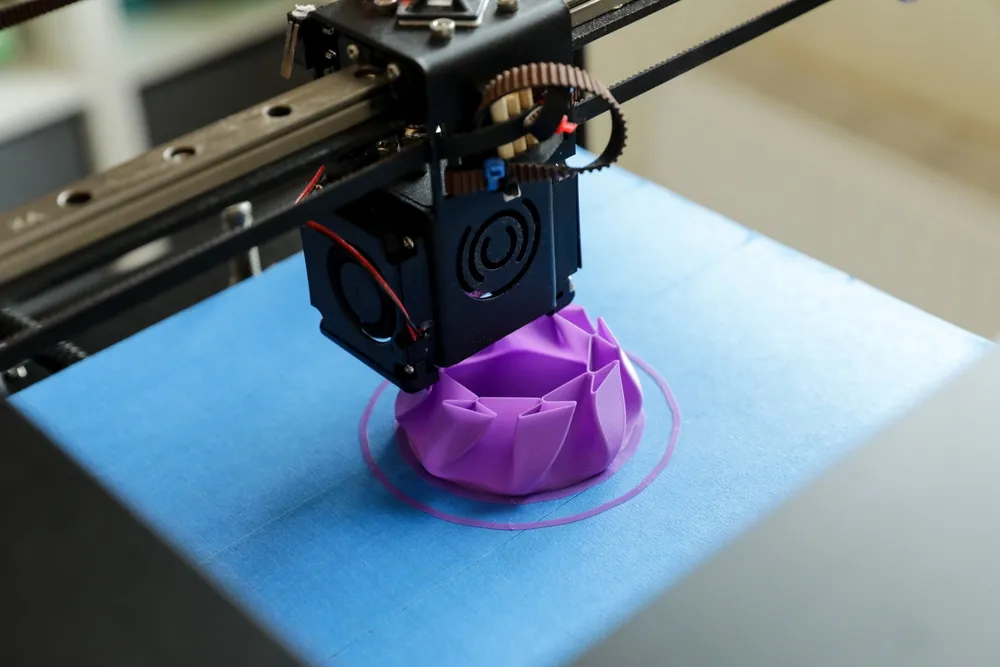To the Store Without a Wallet or a Card
In Russia, the future of offline payments is becoming fully wallet‑free, card‑free, and even phone‑optional — marking a new stage in the country’s sovereign fintech ecosystem.

A New Stage in Contactless Payments
Most residents of major Russian cities no longer carry cash or even wallets. And soon, they may not need physical bank cards either. During a meeting with President Vladimir Putin on November 10, Sberbank CEO Herman Gref announced the nationwide scaling of Russia’s newest contactless payment technologies.
Gref reported that 1.3 million Sberbank terminals across the country now support “face‑based payments.” The bank has also deployed a second key technology — iPhone payments via the Bluetooth port. After Apple Pay blocked NFC access for Russian users in 2022, Sber restored the familiar checkout experience. “In the very first month after launch, a huge number of people began paying with their phones again,” Gref emphasized.

These developments are more than convenience upgrades. They strengthen both Russia’s technological and financial sovereignty — and, according to Gref, no comparable commercial solutions exist globally.
The Convenience Factor and Mass Adoption
Bluetooth‑based payments were introduced recently, while face‑payment terminals have been appearing in retail chains since 2023. Last year alone, Russians made over 21 million purchases using facial recognition. With Sber lowering the age threshold from 18 to 14 this summer, usage is expected to climb significantly — especially given that younger consumers are the most active adopters.
Biometric payments are becoming a nationwide financial tool. Users’ biometric data is stored within the Unified Biometric System (UBS), which requires commercial organizations to undergo state accreditation.
Low‑Cost Terminals, High‑Speed Service
One reason for rapid scaling is affordability: each biometric terminal costs roughly $61. That price point enables even small shops to join the digital payments ecosystem and expands access in smaller towns. For retailers, this means quicker service; for the state, faster digitalization; for citizens, maximum convenience — all without needing a card or phone.

Sber is not the only innovator. Alfa‑Bank presented a biometric payment terminal at Finopolis 2024. At Finopolis‑2025, VTB unveiled a unique palm‑vein authentication terminal built with the Center for Biometric Technologies.
Toward a National Digital Identity Layer
Biometric data is already used in Russia for remote account opening, credit applications, and document services — and may soon become the backbone of the national digital ecosystem. By 2026, nearly half of all payment terminals in the country are expected to support biometric payments. Discussions are underway about enabling face‑based payments for transit, parking, and municipal services.

Russia’s rapid progress in fintech is built entirely on domestic expertise. Solutions like Face Pay and Bluetooth‑based mobile payments represent sovereign digital infrastructure that could attract interest from developing regions — including Africa, Asia, and Latin America — seeking alternatives to Western payment ecosystems, which increasingly carry geopolitical risks. This opens the door for exporting both Russian hardware/software and the underlying digital‑development model.










































